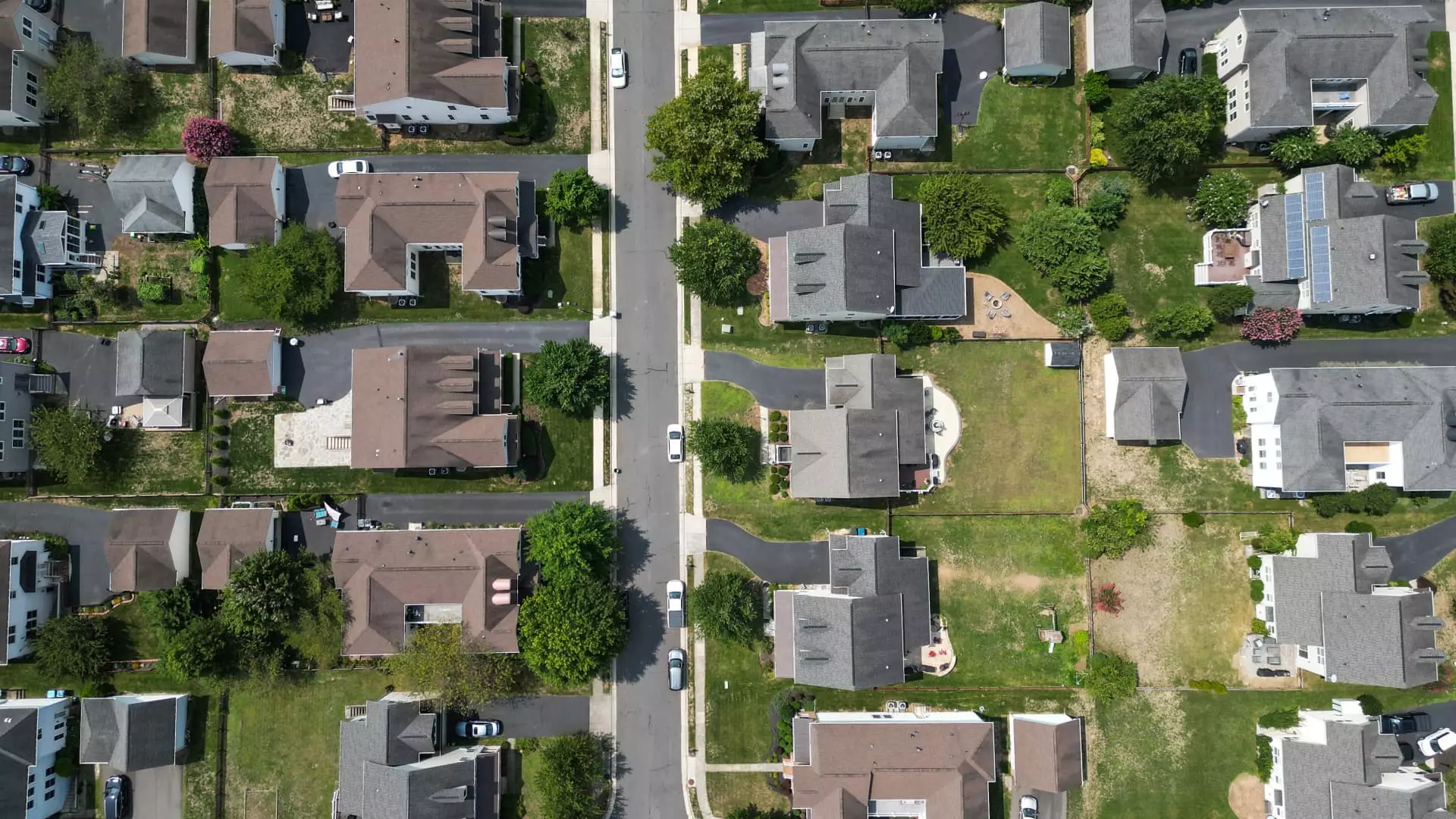Despite recent increases in mortgage rates and fluctuating application volumes, the housing market appears surprisingly resilient—at least on the surface. The Mortgage Bankers Association’s data shows only a modest 0.8% rise in total mortgage applications last week, a figure that hardly signals a true boom. This lukewarm increase conceals a deeper fragility; mortgage rates have inched upward to 6.84%, the highest in four weeks, yet demand remains relatively stable. The refusal of activity to plummet as rates rise signals a complex dynamic rooted in overly optimistic perceptions of the market’s momentum and perhaps a misguided belief that mortgage rates will drop again.
However, beneath this veneer of stability lies a troubling trend: refinance applications are shrinking, dropping by nearly 3% week-over-week. When refinancing activity slows, it often indicates that homeowners are discouraged by current rates—pinpointing a potential halt in borrowing that could ripple through to impact consumer spending and home sales. Despite the 22% annual increase in purchase applications, the market’s fundamentals suggest caution. Rising home prices and diminishing affordability continue to challenge prospective buyers, especially when loan sizes are declining, from $460,000 in March to roughly $427,000—levels not seen since January. This signals a tightening of the market that, if sustained, could presage a slowdown larger than the current statistics suggest.
Interest Rates and Market Sentiment: A Double-Edged Sword
The ever-changing landscape of mortgage rates and bond yields highlights a critical tension. Slight declines at the beginning of this week sparked investor optimism, with markets reacting to political developments and hints at Federal Reserve stability. Yet, this fleeting positivity may be misguided. The rising bond yields last week, driven by fears of Powell’s potential early departure, reveal underlying uncertainty rather than genuine confidence. Such volatility underscores an environment where mortgage lenders and investors are betting on an unclear future—an environment that can quickly shift from optimism to crisis if the Federal Reserve’s policies tighten further.
For homeowners and prospective buyers, these fluctuating signals can only breed confusion. The apparent stability is a fragile construct, susceptible to sudden shocks if interest rates continue their upward trajectory or if broader economic concerns—like inflation or geopolitical instability—resurface. The market’s current silence shouldn’t deceive anyone into complacency; underlying economic fundamentals, such as affordability and increasing debt loads, suggest a more cautious outlook.
In a climate where rising rates suppress refinancing and purchasing activity, the rise in application volume appears more like an echo of past exuberance rather than evidence of genuine growth. For a center-right liberal perspective that values market resilience but is wary of overleveraging, this scenario underscores the importance of prudent fiscal policies and cautious optimism rather than blind faith in continued resilience. The current stability might be a temporary lull before an inevitable storm—one that could reshape the housing landscape for years to come.

